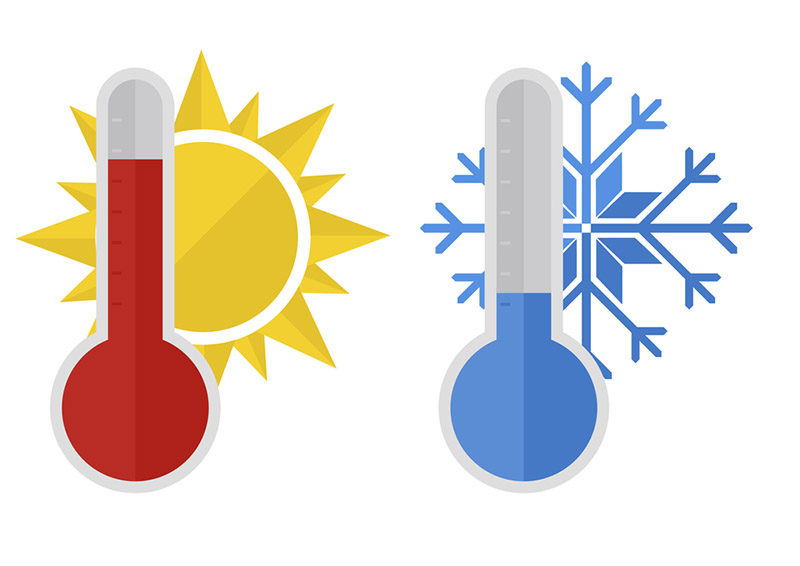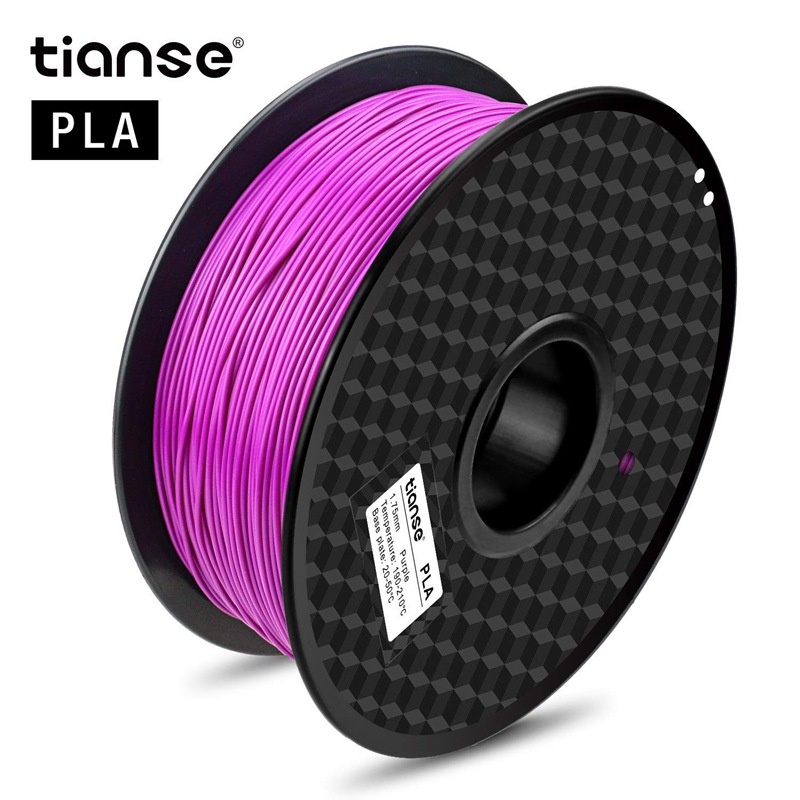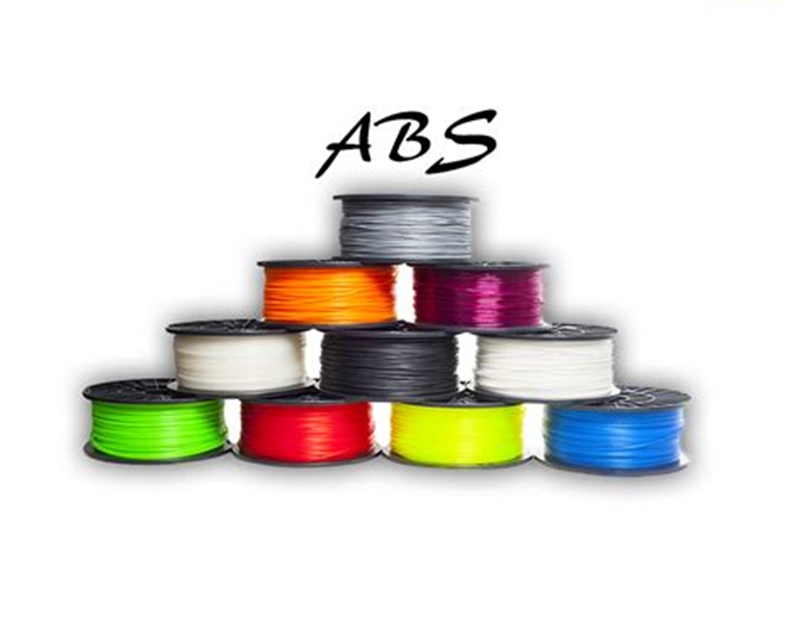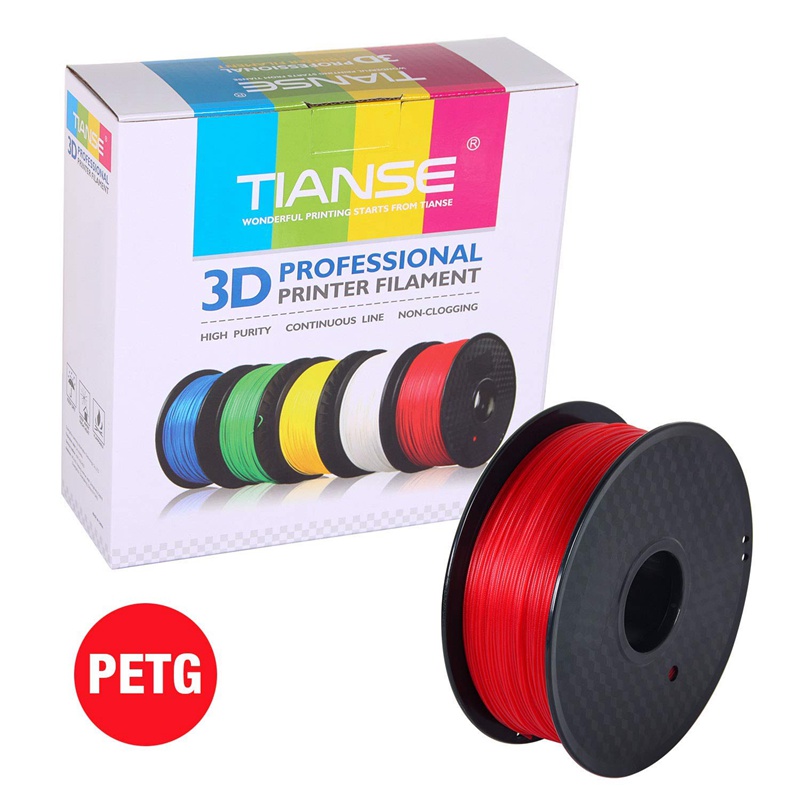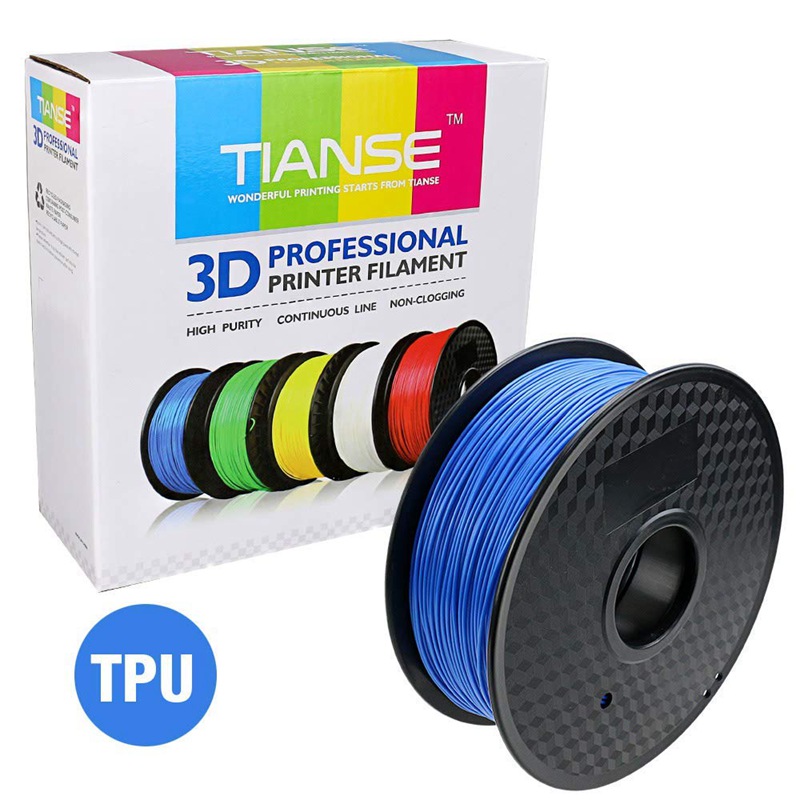Nowadays, there are various types of filaments you can print with, and each requires a unique printing temperature and environment. Here’s a brief guide on the best printing temperature for 4 most common filaments.
The Importance Of Printing Temperature
Regardless of the fact that almost every filament presently in use is a thermoplastic, each has its own unique temperature requirements. That’s because individual filaments are fairly different from one another in chemical makeup. For example, some filaments, such as PLA, are made from starches, while others, like ABS, have oil bases.
The chemical makeup of a thermoplastic directly affects its glass transition temperature: the temperature at which the filament turns from brittle filament into a rubbery substance that is able to be extruded. This temperature needs to be achieved for proper printing. Since each filament has a glass transition temperature different from one another, every plastic needs to be printed at a different and unique temperature.
Apart from a specific extrusion temperature, some filaments need a specific heated bed temperature. As certain filaments cool down, they’ll shrink and warp. A heated bed enables these plastics to cool down slower when extruded, thus warping is minimized. Moreover, a heated bed offers added adhesion as well, ensuring that the first layer sticks well and the part is not released from the bed while printing.
It’s of great importance to get these temperatures right, as it can be the difference between a failed print and a perfect one.
PLA is currently the most popular filament, and one of the reasons for its popularity lies in its leniency with printing conditions.
PLA prints best at about 210℃, despite the fact that it is very versatile and can perform well anywhere between 190℃ and 210℃. It doesn’t require a heated bed, however, if your printer does have one, set it to somewhere from 20℃ to 50℃.
Be sure to keep cooling fans on when printing with PLA, cause PLA produces the best results with proper cooling. In general, PLA is pretty easy to print and doesn’t require much to be successful.
ABS Filament
ABS requires slightly higher temperatures for successful printing. A nozzle temperature of 210℃ to 250℃ is best, and a heated bed from 80℃ to 110℃ is necessary.
In addition to this, ABS needs to be printed in an enclosed 3D printer so that it cools down slowly. That’s because ABS shrinks when it cools, and if a print cools too fast, warping will arise. Due to the same reason, cooling fans should be turned off while printing with ABS.
PETG combines many aspects of PLA and ABS. It requires very high temperatures, with the nozzle temperature somewhere between 220℃ and 245℃. Yet, unlike ABS, PETG doesn’t require a heated bed.
PETG prints best with blue painter’s tape on the bed. If without it, to ensure the extruded filament sticks well, the bed should be heated to 60-80℃. In addition, since this material doesn’t warp like ABS, cooling fans can be enabled during printing.
Flexible filaments, known as TPU, are fun and useful material to work with, but they can be very hard to print. TPU prints at similar temperatures to PLA, working best at about 190℃ to 220℃ with a heated bed between 50℃ and 80℃.
Since this material is very flexible, it can bend and stretch on its way from the extruder gear to the actual nozzle. It’s thus very important that the filament follows a confined path, is extruded slowly, and without retraction.
If these issues make themselves prominent, slightly increasing the extruder temperature can help decrease any strain on the filament which might causing it to flex.
(Originally published on https://all3dp.com/ licensed under a Creative Commons Attribution 4.0 International License.)
Post time: Dec-03-2018

